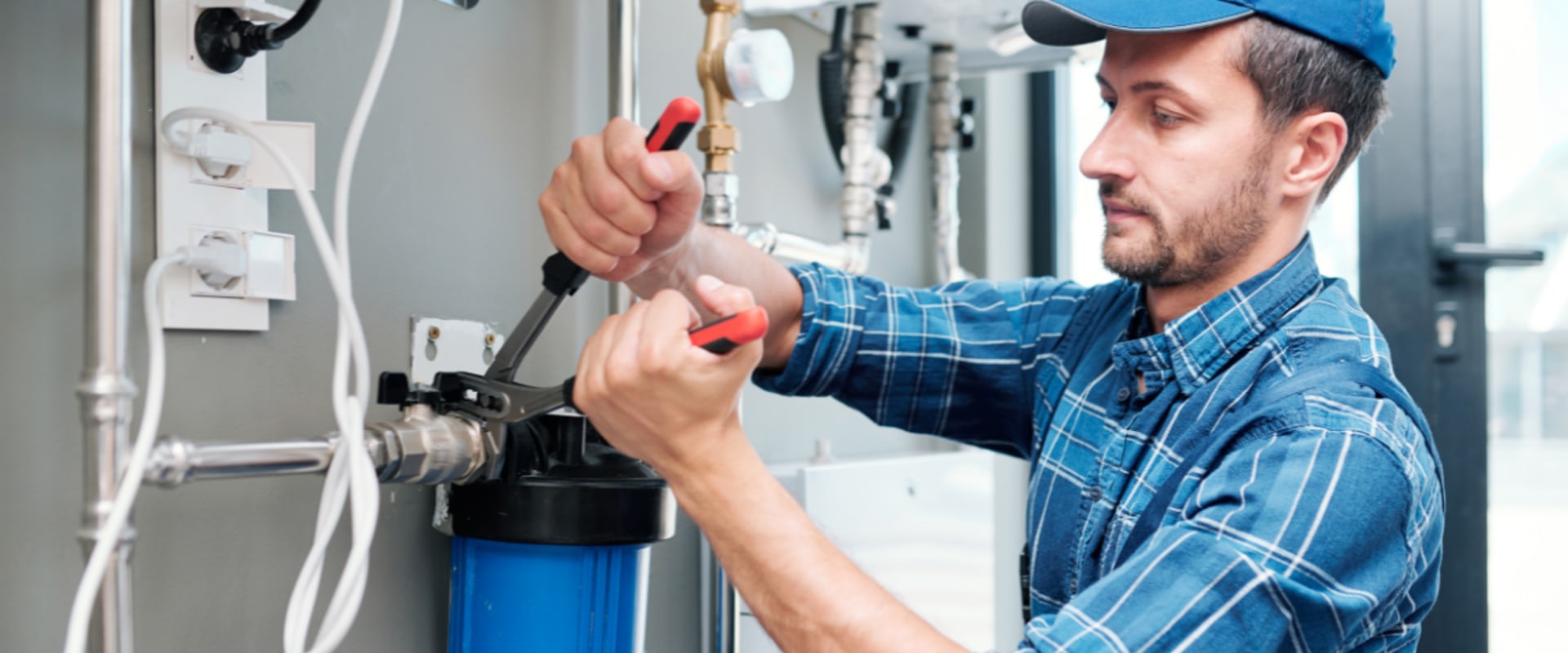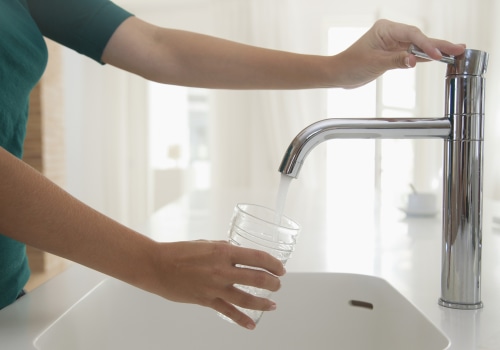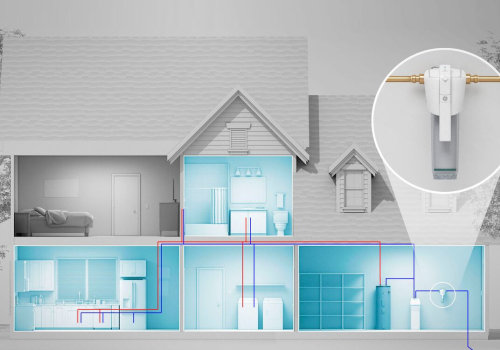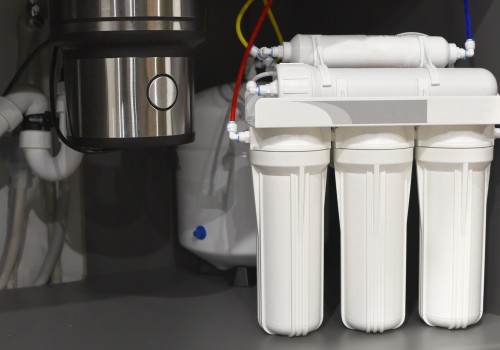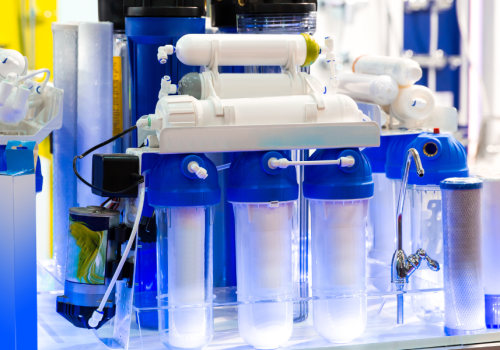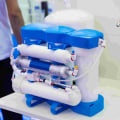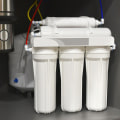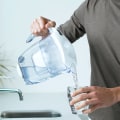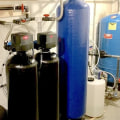Purify Your Home Water: DIY Filtration Methods for Affordable Cleanliness
Are you tired of spending a fortune on bottled water? Are you fed up with the uncertainty of your tap water's quality? Look no further!
In this article, we will guide you through DIY water filtration. You'll learn to assess your water quality, research different methods, gather materials, and assemble your cost-effective system.
Say goodbye to impurities and hello to clean, affordable water right in the comfort of your home. Let's dive in!
Key Takeaways
• Clean water is essential for maintaining good health and preventing waterborne diseases.
• DIY water filtration methods like boiling and activated charcoal filters can provide cost-effective home clean water solutions.
• Regularly evaluating water sources, testing pH levels, and using home test kits can help assess water quality.
• Assembling and maintaining DIY water filtration systems, including replacing filters and cleaning cartridges, is essential for ensuring their effectiveness.
Understand the Importance of Clean Water
Clean water is essential for maintaining good health and preventing waterborne diseases. Access to clean water has numerous health benefits, as it helps in hydration, digestion, circulation, and temperature regulation. Drinking contaminated water can lead to severe illnesses such as diarrhea, cholera, typhoid fever, and even death. Therefore, ensuring the availability of clean water is crucial for overall well-being.
In addition to its impact on human health, clean water plays a significant role in preserving the environment. Pollution from industrial waste, agricultural runoff, and improper disposal of chemicals can contaminate our water sources. This pollution not only affects aquatic life but also disrupts ecosystems and biodiversity. Taking steps toward conserving and protecting clean water sources is essential to maintain a sustainable environment.
Understanding the importance of clean water is vital for individuals and communities alike. By prioritizing access to clean drinking water and adopting sustainable practices that protect our water sources, we can ensure a healthier future for ourselves and the planet.
Assess Your Water Quality
Check if your tap water is safe by testing its quality. Evaluating the quality of your water is crucial to ensure that it is free from common contaminants. Here are four steps to help you assess your water quality:
• Conduct a visual inspection: Look for tap water discoloration, sediment, or unusual odor.
• Test for pH levels: The ideal range is between 6.5 and 8.5, ensuring the water is not too acidic or alkaline.
• Identify common contaminants: Use home test kits to check for bacteria, lead, chlorine, nitrates, and other harmful substances.
• Analyze taste and smell: If your tap water has an unpleasant taste or smell, it may indicate the presence of contaminants.
By following these steps, you can better understand your tap water's safety and quality.
It's important to regularly evaluate your water sources and take appropriate actions to address any issues.
Research Different DIY Water Filtration Methods
Explore various methods to purify tap water using simple household items, such as activated charcoal or boiling.
These DIY water filtration methods offer cost-effective solutions for clean water at home.
Let's start with activated charcoal, known for its ability to remove impurities and improve taste. Placing activated charcoal in a container with a layer of fabric on top lets you filter out contaminants like chlorine and heavy metals.
Boiling is another effective method that kills bacteria and viruses by raising the temperature to a point where they cannot survive. However, it does not remove chemical pollutants.
When considering cost analysis, these DIY methods are much more affordable than expensive water filters. Additionally, they have a minimal environmental impact since they do not require electricity or produce waste like plastic filters.
Gather the Necessary Materials
You'll need activated charcoal, fabric, and a container to gather the necessary materials.
Activated charcoal is a practical and cost-effective option for water filtration. Its porous nature allows it to absorb impurities, making it an excellent choice for removing chemicals, toxins, and odors from the water.
Fabric will be used as a filter medium to trap larger particles in the water. It acts as a physical barrier, capturing sediment and debris.
A lid container is essential to hold the filtered water and prevent contamination securely.
Here are five items that will help you create your DIY water filtration system:
• Activated charcoal: Removes chemicals, toxins, and odors from the water.
• Fabric: Acts as a physical barrier to capture sediment and debris.
• Container: Holds the filtered water securely.
• Scissors: Used to cut the fabric into appropriate sizes for filtering.
• Rubber band or string: Secures the fabric over the container opening.
Assemble Your DIY Water Filtration System
Now that you have gathered the necessary materials, it's time to assemble your DIY water filtration system. DIY water filtration systems offer several benefits for those seeking clean water at home.
Firstly, they are cost-effective compared to buying bottled water or installing a professional filtration system. Secondly, these systems allow you to control the quality of your drinking water by choosing specific filters based on your needs.
To assemble your DIY water filtration system, follow these steps:
1. Connect the inlet and outlet hoses to the appropriate ports on the filter housing.
2. Install the selected filter cartridges into their designated slots inside the housing.
3. Tighten all connections securely using wrenches if necessary.
4. Once everything is assembled, turn on the tap and check for leaks or drips.
In case you encounter any issues with your DIY water filtration system, here are some troubleshooting tips:
1. Check all connections and ensure they are tight.
2. Replace worn-out or clogged filters regularly.
3. If there is a decrease in flow rate, clean or replace filter cartridges as needed.
Test and Maintain Your Filtration System
Once you've assembled your system, it's essential to test and maintain it to ensure optimal performance regularly.
Testing your DIY water filtration system helps identify potential issues and allows you to troubleshoot filtration problems effectively. Start by checking the flow rate of the filtered water. If it is slower than usual, there may be a clog or a need for filter replacement.
Additionally, monitor the taste and odor of the filtered water, as any changes could indicate a compromised filter.
Maintaining your system involves cleaning the filters regularly to extend their lifespan. Rinse them with clean water to remove debris and contaminants that may accumulate over time.
Enjoy Clean and Affordable Water at Home
By implementing these simple tips, you can achieve clean and affordable water right in your own house.
1. Boiling: Boiling is a cost-effective method to kill harmful bacteria and parasites in the water. Bring the water to a rolling boil for at least one minute, then let it cool before consumption.
2. Activated Charcoal Filters: Using activated charcoal, Homemade water filters can effectively remove impurities like chlorine, sediment, and organic compounds from tap water. These filters are easy to make with materials readily available at home.
3. DIY Sand Filters: Another affordable option is creating your sand filter using gravel, sand, and activated charcoal layers. This filtration system helps remove larger particles and some bacteria from the water.
4. UV Sterilization: UV sterilizers use ultraviolet light to destroy microorganisms in the water. While this method may require an upfront investment, it provides long-term affordability by eliminating the need for ongoing filter replacement.
Frequently Asked Questions
How often should I replace the filter in my DIY water filtration system?
Regularly replacing the filter in your DIY water filtration system is crucial for maintaining its effectiveness. By doing so, you ensure cost-effective filter options and guarantee clean water at home through proper maintenance.
Can I use my DIY water filtration system to purify saltwater?
You can use your DIY water filtration system to purify saltwater while camping. However, it may not be effective for removing heavy metals. Consider using additional methods or filters for better results.
Are there any health risks associated with using DIY water filtration methods?
There are risks associated with using homemade filters as they may not effectively remove all contaminants. These contaminants can have a negative impact on your health, so it is essential to consider the limitations of DIY water filtration methods.
Can I use my DIY water filtration system to remove fluoride from my water?
Yes, you can use a DIY water filtration system to remove fluoride. Activated alumina is commonly used in DIY systems for eliminating heavy metals like fluoride. It can also be useful for camping trips.
What is the average lifespan of a DIY water filtration system before it needs to be replaced?
The average lifespan of a DIY water filtration system before replacement depends on factors such as usage and maintenance. Regularly cleaning the filters and replacing them when necessary can help prolong their longevity. Maintenance tips can be found online.
Earthwise Water Filters Phoenix
922 N Colorado Street, Gilbert AZ 85233
(602) 878-6160
